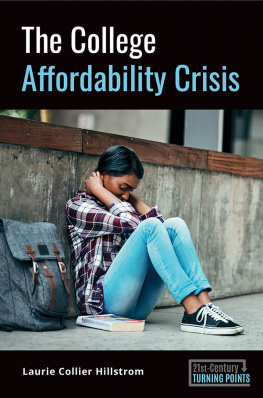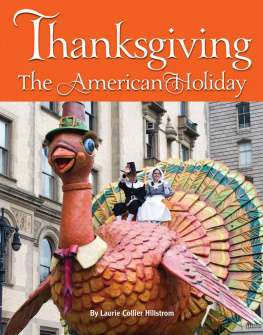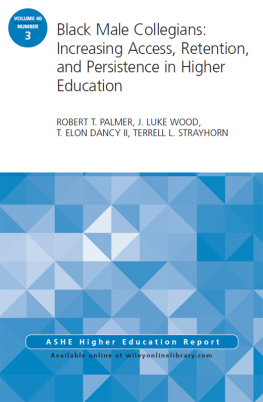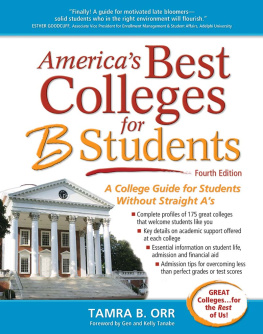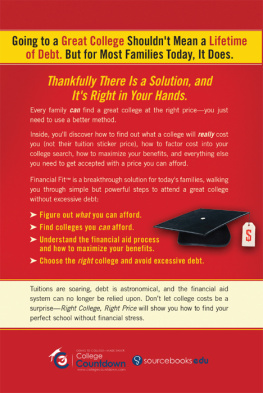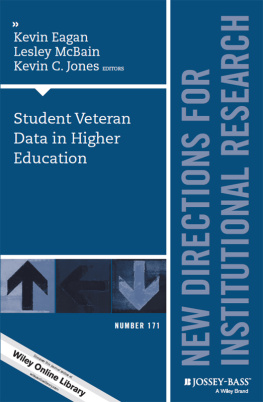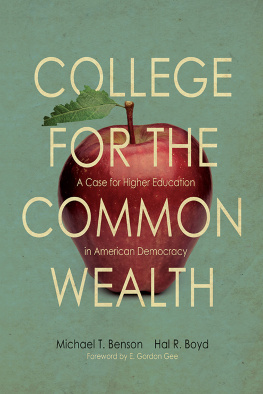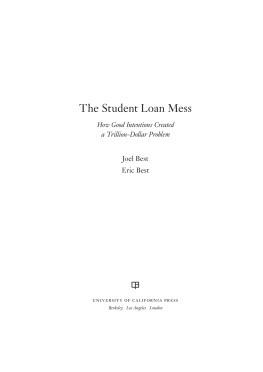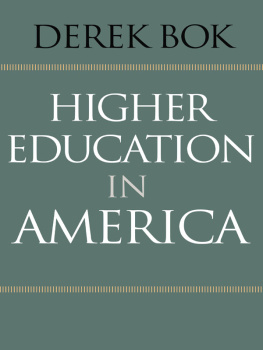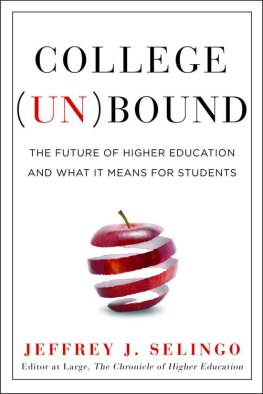Recent Titles in
21st-Century Turning Points
The #MeToo Movement
Laurie Collier Hillstrom
The NFL National Anthem Protests
Margaret Haerens
School Shootings and the Never Again Movement
Laurie Collier Hillstrom
The Vaping Controversy
Laurie Collier Hillstrom
Family Separation and the U.S.Mexico Border Crisis
Laurie Collier Hillstrom
The College Affordability Crisis
Laurie Collier Hillstrom
21st-Century Turning Points

Copyright 2020 by ABC-CLIO, LLC
All rights reserved. No part of this publication may be reproduced, stored in a retrieval system, or transmitted, in any form or by any means, electronic, mechanical, photocopying, recording, or otherwise, except for the inclusion of brief quotations in a review, without prior permission in writing from the publisher.
Library of Congress Cataloging in Publication Control Number: 2020912843
ISBN: 9781440877230 (print)
9781440877247 (ebook)
242322212012345
This book is also available as an eBook.
ABC-CLIO
An Imprint of ABC-CLIO, LLC
ABC-CLIO, LLC
147 Castilian Drive
Santa Barbara, California 93117
www.abc-clio.com
This book is printed on acid-free paper 
Manufactured in the United States of America
Contents
Series Foreword
21st-Century Turning Points is a general reference series that has been crafted for use by high school and undergraduate students as well as members of the general public. The purpose of the series is to give readers a clear, authoritative, and unbiased understanding of major fast-breaking events, movements, people, and issues that are transforming American life, culture, and politics in this turbulent new century. Each volume constitutes a one-stop resource for learning about a single issue or event currently dominating Americas news headlines and political discussionsissues or events that, in many cases, are also driving national debate about our countrys leaders, institutions, values, and priorities.
Each volume in the 21st-Century Turning Points series begins with an Overview of the event or issue that is the subject of the book. It then provides a suite of informative chronologically arranged narrative entries on specific Landmarks in the evolution of the event or issue in question. This section provides both vital historical context and insights into present-day news events to give readers a full and clear understanding of how current issues and controversies evolved.
The next section of the book is devoted to examining the Impacts of the event or issue in question on various aspects of American life, including political, economic, cultural, and interpersonal implications. It is followed by a chapter of biographical Profiles that summarize the life experiences and personal beliefs of prominent individuals associated with the event or issue in question.
Finally, each book concludes with a topically organized Further Resources list of important and informative resourcesfrom influential books to fascinating websitesto which readers can turn for additional information, and a carefully compiled subject Index .
These complementary elements, found in every book in the series, work together to create an evenhanded, authoritative, and user-friendly tool for gaining a deeper and more accurate understanding of the fast-changing nation in which we liveand the issues and moments that define us as we move deeper into the twenty-first century.
CHAPTER ONE
Overview of the College Affordability Crisis
Millions of Americans view higher education as an essential step on the path toward economic prosperity and social advancement. The idea that anyone can succeed through hard work and education is deeply ingrained in the national psyche. When we open the doors to college, we open the doors to opportunity, said former president Bill Clinton. When we make college more affordable, we make the American Dream more achievable (Clinton 2000).
Research corroborates the socioeconomic value of higher education. People who complete a bachelors degree, for instance, can expect to earn $1 million more in lifetime income than people whose education ends with high school. Studies also find greater levels of career stability, job satisfaction, homeownership, and even health and longevity among college graduates. Some advocates assert that higher education opens minds, challenges perspectives, and imparts a broader understanding of the world, thus benefitting society through informed debate and increased civic engagement. Other supporters argue that an educated workforce promotes economic growth and helps the United States remain competitive in a technology-driven global business environment. For these reasons, generations of Americans have considered the cost of college to be a worthwhile investment.
Beginning with the passage of the Higher Education Act (HEA) of 1965, the federal government established a system of grants, loans, and outreach programs intended to make college more affordable for high-achieving students of limited means. This act means the path of knowledge is open to all that have the determination to walk it, President Lyndon B. Johnson said at the signing ceremony. It means that a high school senior anywhere in this great land of ours can apply to any college or any university in any of the 50 states and not be turned away because his family is poor (Johnson 1965). The federal commitment to subsidizing the cost of college for low-income students reflected the widespread view that higher education produces benefits to American society as well as to individual citizens.
In the twenty-first century, however, escalating tuition costs have made college unaffordable for many students and raised questions about the value of higher education. Beginning in the 1980saround the time the tail end of the postwar baby-boom generation reached college agethe cost of higher education grew three to four times faster than the overall rate of inflation in the U.S. economy. As a result, the average cost to earn a four-year degree at colleges and universities nationwide increased by more than 1,100 percent in 35 years (Connell 2016, xiv). Since median annual wages remained stagnant during this period, a year of college that accounted for 22 percent of an average familys annual income in 1989 required 45 percent of that familys yearly income in 2016 (Selingo 2016). As Americans, we believe in educational access and opportunity for all, said higher education administrator F. King Alexander. But more than 200 universities charge the equivalent of the median American annual household income$51,000or more. We are pricing our students out of their futures (Alexander 2016).
Rising College Costs
The parents of todays college students often scraped together enough money to cover their tuition by working at summer jobs. One study found that baby boomers who earned bachelors degrees in 1976 had to work approximately 300 hoursor around eight months of full-time employmentat the prevailing minimum wage to pay for four years of tuition at a public college. In contrast, members of the millennial generation (people born between 1981 and 1996) had to work nearly 4,500 hoursor more than two years at a full-time minimum-wage jobto afford a four-year public-college degree in 2006 (Hoffower 2019). By 2019, average annual tuition and fees for in-state students at public universities exceeded $10,000, while the average annual tuition at private colleges approached $37,000 (Powell and Kerr 2019). After factoring in the cost of food, housing, books, supplies, transportation, and other expenses, the full cost of attendance spiraled much higher. One analyst estimated that it would take a student 9,700 hours, or nearly five years of full-time minimum-wage work, to pay for a four-year degree from a public college in 2019 (Watson 2019).

